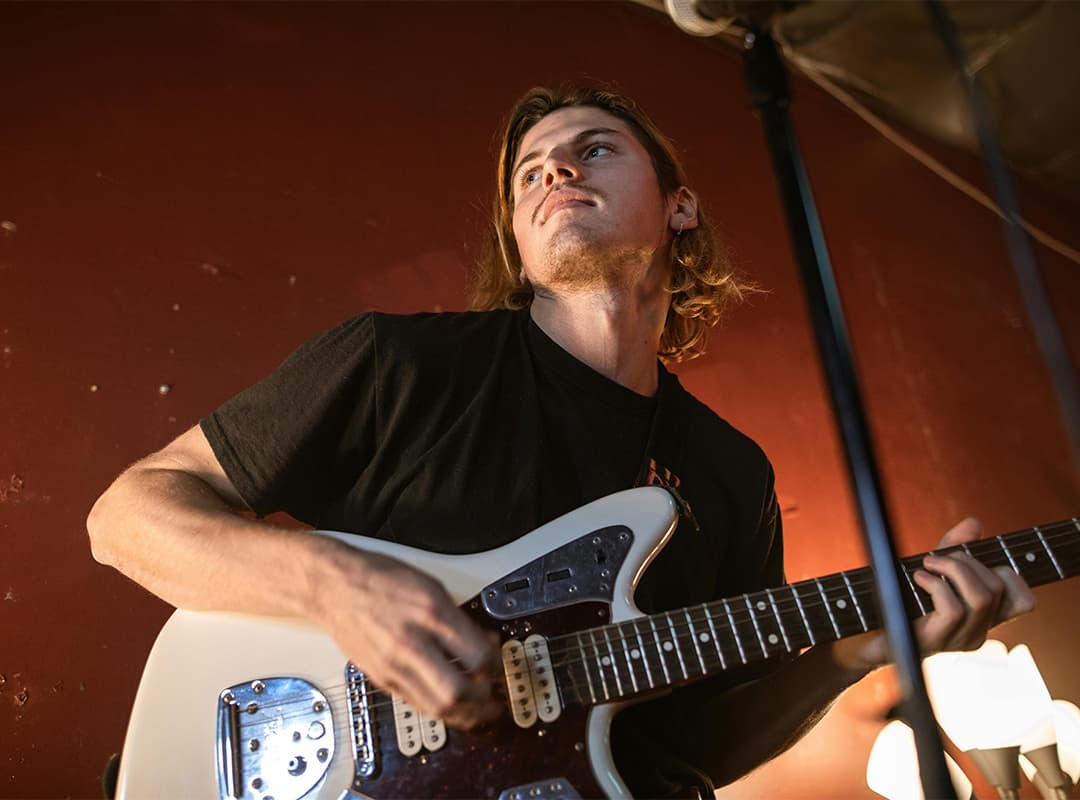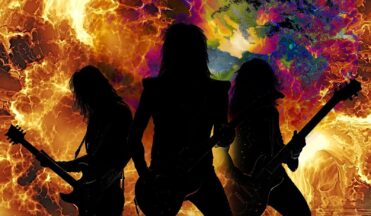Garage rock is a style of rock ‘n’ roll that emphasizes passion and energy rather than pure technical ability. Rock musicians with little formal education but a lot of pure energy often form garage rock bands. The term “garage rock” refers to an era when amateur musicians had little access to professional studios and sometimes rehearsed and recorded literally in garages.
In different periods of time, garage bands enjoyed success. This was especially true of the British Invasion bands that took over the American airwaves after the Beatles and Rolling Stones. Bands such as the Kinks (known for songs like “Lola” and “You Really Got Me”) and the Zombies (“She’s Not There”) combined the loud pop music of the Beatles and Stones, but with a rougher, more uneven energy that resonated with American teenagers.
Perhaps the most enduring garage rock song of the 1960s was “Louie Louie,” written by Richard Berry but famously associated with the Kingsmen from Portland, Oregon. Other garage hits include “Wild Thing,” written by Chip Taylor but famously performed by the Troggs, and “Gloria” by the Northern Irish band Them, led by Van Morrison. These songs would become the basis for genres ranging from 1970s punk to 1990s Brit-pop.
Several recurring themes have defined the garage rock genre.
- Focus on energy, not ability: Garage rock bands brought raw power and emotion to their music. Even though guitarists like Dave Davies of the Kinks or Tony Valentino of the Standells lacked the technical virtuosity of Jimi Hendrix or Jeff Beck, they nevertheless reached an audience.
- Based on popular styles of the era: garage rock was not a rebellion against popular styles such as British pop, rockabilly, and surf rock. Instead, it played these genres with more distance and less formal training.
- Simple, repetitive hooks: many amateur musicians could play along with these songs reasonably well, which added to the appeal of garage rock. Songs such as “Double Shot (Of My Baby’s Love)” by the Swingin’ Medallions and “Wild Thing” by The Troggs were simple, repetitive, and became the template for many other garage songs. Even mainstream bands like the Rolling Stones followed this technique with single-string guitar riffs in songs like “Satisfaction.”
- Incorporation of psychedelia: By the mid-1960s, garage bands had become actively interested in psychedelic sounds and lyrics. Songs such as “I Had Too Much to Dream (Last Night)” by Electric Prunes and “Talk Talk” by Music Machine ushered in the ambitious rock music of the 1970s.


